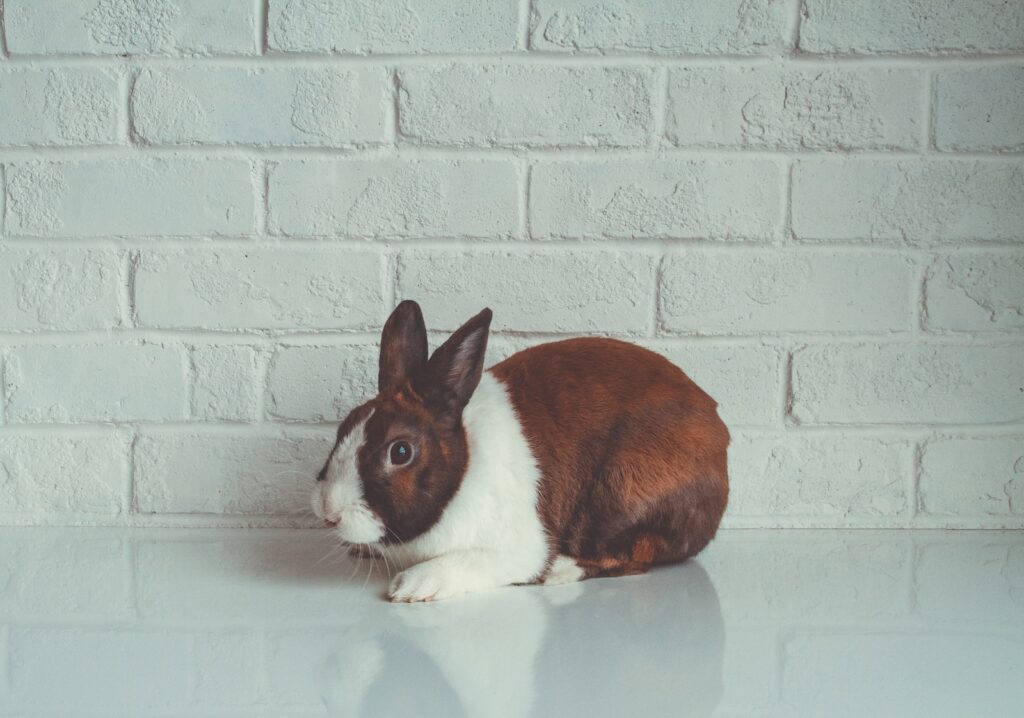Can Rabbits Eat Spring Greens? — Exploring the Benefits and Risks
Rabbits are naturally herbivorous animals, and their diet primarily consists of fresh vegetables and greens. When it comes to the question of whether rabbits can eat spring greens, the answer is yes, but with some considerations.
The Benefits of Spring Greens for Rabbits
Spring greens offer a range of health benefits for rabbits. These leafy vegetables are packed with essential vitamins and minerals that contribute to their overall well-being. The high fiber content in spring greens aids in digestive health, preventing conditions such as gastrointestinal stasis. Additionally, these greens provide hydration, which is crucial for maintaining optimal hydration levels in rabbits.
Furthermore, spring greens offer a variety of flavors and textures, which can help stimulate a rabbit’s senses and provide a more fulfilling eating experience. This variety can also prevent boredom and promote mental stimulation for your furry friend.
Recommended Frequency and Quantity
When it comes to feeding spring greens to rabbits, moderation is key. These vegetables should be introduced gradually to their diet, starting with small amounts and gradually increasing the quantity over time. This allows the rabbit’s digestive system to adjust to the new food and reduces the risk of any digestive upset.
An appropriate serving size of spring greens for a rabbit is approximately one packed cup of greens per two pounds of the rabbit’s body weight. However, it is important to note that individual rabbits may have different dietary needs, so it is always recommended to consult with a veterinarian for specific guidelines tailored to your pet.
Potential Cautions to Consider
Even though spring greens are generally safe for rabbits, there are a few precautions to keep in mind. Firstly, it is essential to ensure that the greens are thoroughly washed to remove any traces of pesticides or other contaminants.
Additionally, some rabbits may have specific dietary sensitivities or conditions that require avoiding certain types of spring greens. For example, rabbits with a history of bladder sludge or calcium-based urinary stones should avoid high-calcium greens, such as kale or collard greens. Consulting with a veterinarian can help in identifying any potential risks based on your rabbit’s individual health needs.
Can Other Pets Enjoy Spring Greens?
While rabbits can enjoy spring greens safely, it is important to note that not all pets can do the same. Some other small herbivorous pets, such as guinea pigs and tortoises, can also benefit from these greens as part of their balanced diet. However, other animals, such as cats and dogs, have different nutritional requirements and should not be fed spring greens as a primary food source.
Conclusion
In conclusion, spring greens can be a nutritious addition to a rabbit’s diet. They offer various health benefits, including improved digestion and hydration. However, it is important to introduce them gradually and consult with a veterinarian for individual dietary recommendations. By feeding spring greens responsibly, you can ensure the well-being and happiness of your beloved pet rabbit.






